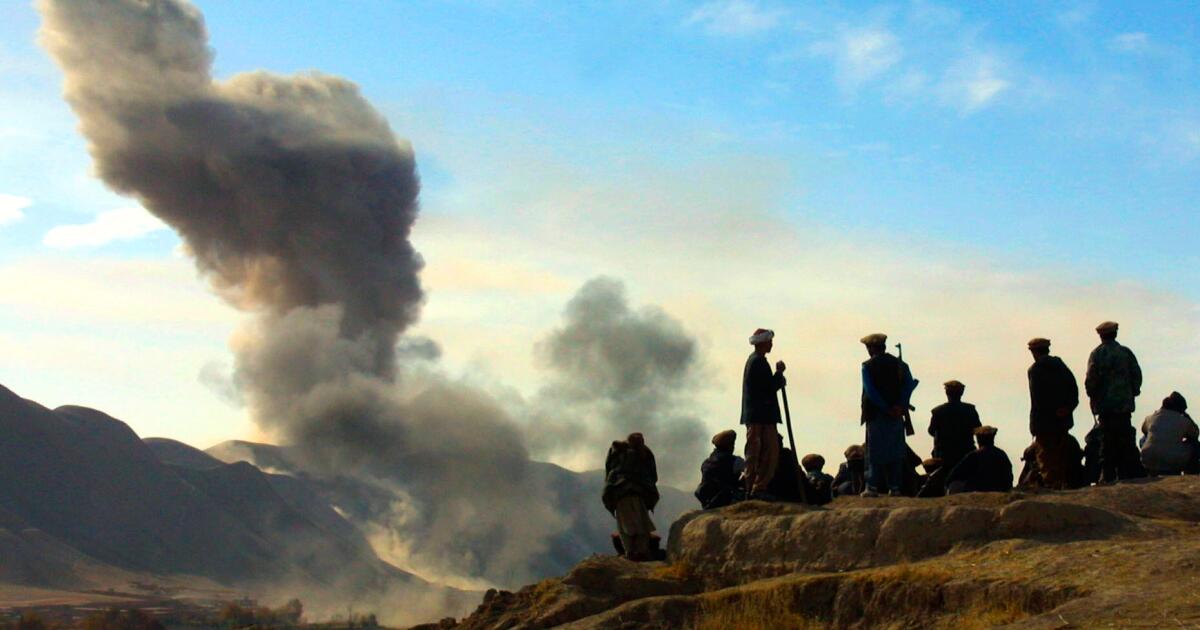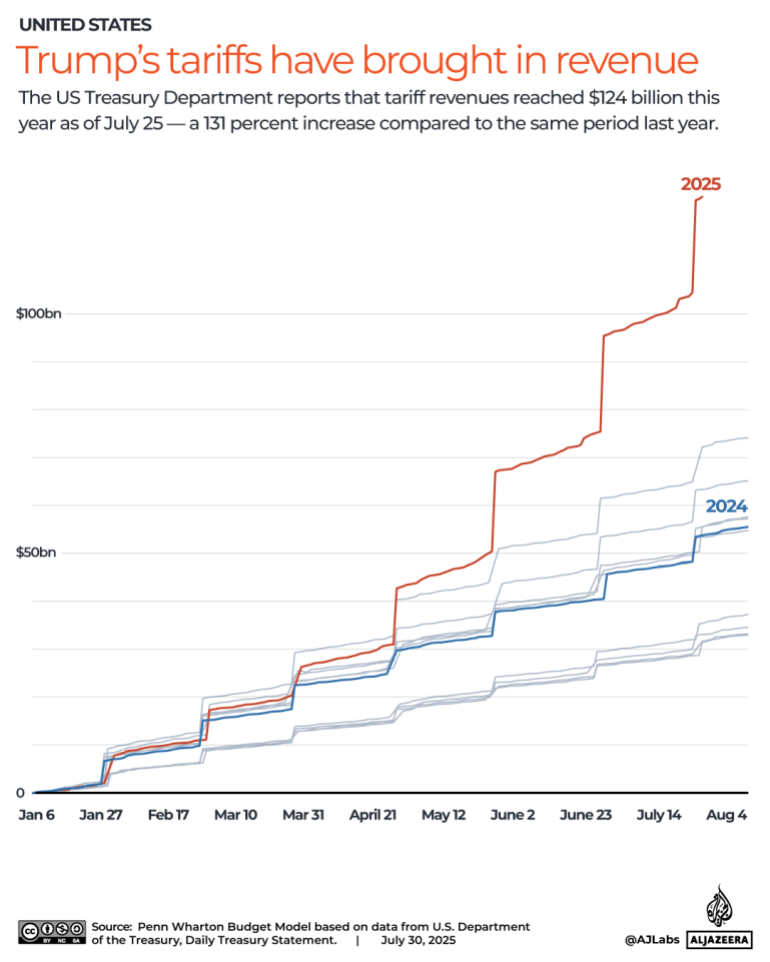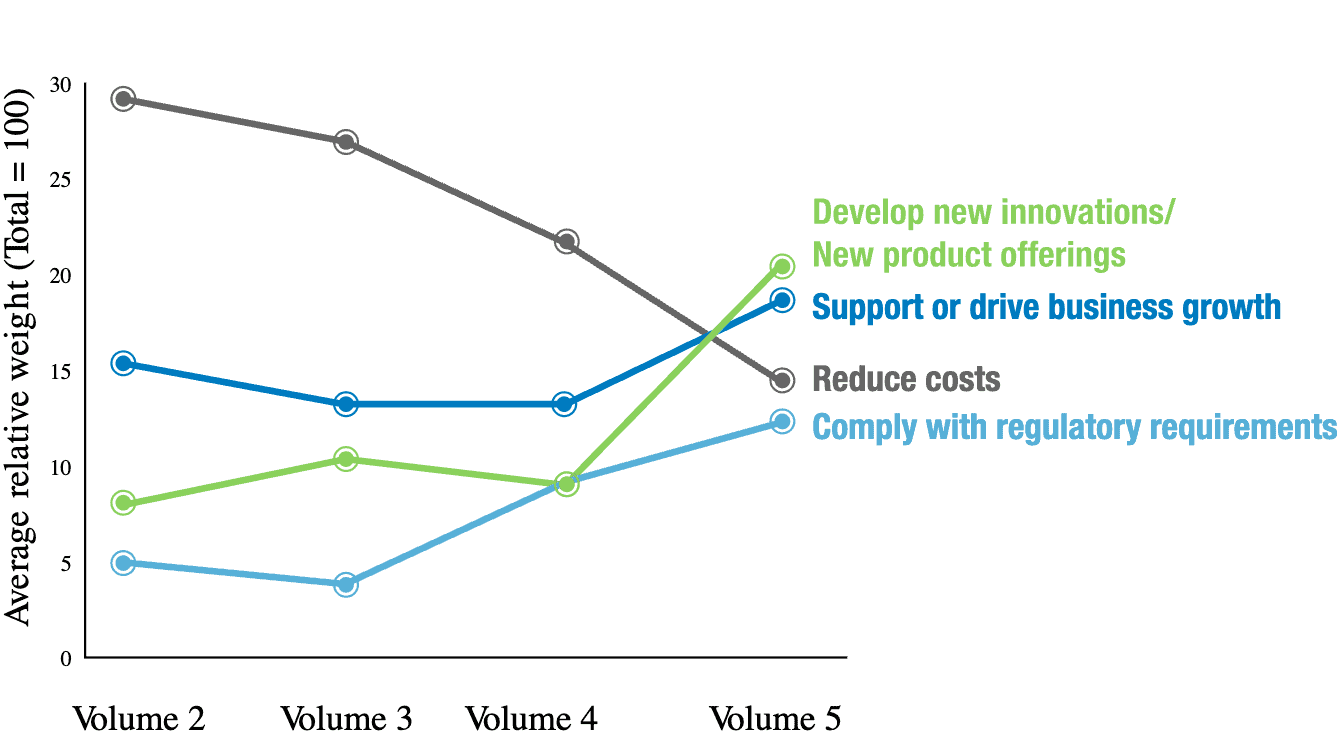Veterans’ voices shape a report on the Afghanistan War’s lessons and impact
COLUMBUS, Ohio — U.S. veterans of the war in Afghanistan are telling a commission reviewing decisions on the 20-year conflict that their experience was not only hell, but also confounding, demoralizing and at times humiliating.
The bipartisan Afghanistan War Commission aims to reflect such veterans’ experiences in a report due to Congress next year, which will analyze key strategic, diplomatic, military and operational decisions made between June 2001 and the chaotic withdrawal in August 2021.
The group released its second interim report on Tuesday, drawing no conclusions yet but identifying themes emerging from thousands of pages of government documents; some 160 interviews with cabinet-level officials, military commanders, diplomats, Afghan and Pakistani leaders and others; and forums with veterans like one recently held at a national Veterans of Foreign Wars convention in Columbus, Ohio.
“What can we learn from the Afghanistan War?” asked an Aug. 12 discussion session with four of the commission’s 16 members. What they got was two straight hours of dozens of veterans’ personal stories — not one glowingly positive, and most saturated in frustration and disappointment.
“I think the best way to describe that experience was awful,” said Marine veteran Brittany Dymond, who served in Afghanistan in 2012.
Navy veteran Florence Welch said the 2021 withdrawal made her ashamed she ever served there.
“It turned us into a Vietnam, a Vietnam that none of us worked for,” she said.
Members of Congress, some driven by having served in the war, created the independent commission several months after the withdrawal, after an assessment by the Democratic administration of then-President Biden faulted the actions of President Trump’s first administration for constraining U.S. options. A Republican review, in turn, blamed Biden. Views of the events remain divided, and Defense Secretary Pete Hegseth ordered yet another review this spring.
The commission wants to understand the bigger picture of a conflict that spanned four presidential administrations and cost more than 2,400 American lives, said Co-Chair Dr. Colin Jackson.
“So we’re interested in looking hard at the end of U.S. engagement in Afghanistan, but we’re equally interested in understanding the beginning, the middle and the end,” he said in an interview in Columbus.
Co-chair Shamila Chaudhary said the panel is also exploring more sweeping questions.
“So our work is not just about what the U.S. did in Afghanistan but what the U.S. should be doing in any country where it deems it has a national security interest,” she said. “And not just should it be there, but how it should behave, what values does it guide itself by, and how does it engage with individuals who are very different from themselves.”
Jackson said one of the commission’s priorities is making sure the final report, due in August 2026, isn’t “unrecognizable to any veteran of the Afghanistan conflict.”
“The nature of the report should be representative of every soldier, sailor, airman, Marine experience,” he said.
Dymond told commissioners a big problem was the mission.
“You cannot exert a democratic agenda, which is our foreign policy, you cannot do that on a culture of people who are not bought into your ideology,” she said. “What else do we expect the outcome to be? And so we had two decades of service members lost and maimed because we’re trying to change an ideology that they didn’t ask for.”
The experience left eight-year Army veteran Steve Orf demoralized. He said he didn’t go there “to beat a bad guy.”
“Those of us who served generally wanted to believe that we were helping to improve the world, and we carried with us the hopes, values, and principles of the United States — values and principles that also seem to have been casualties of this war,” he told commissioners. “For many of us, faith with our leaders is broken and trust in our country is broken.”
Tuesday’s report identifies emerging themes of the review to include strategic drift, interagency incoherence, and whether the war inside Afghanistan and the counterterrorism war beyond were pursuing the same aims or at cross purposes.
It also details difficulties the commission has encountered getting key documents. According to the report, the Biden administration initially denied the commission’s requests for White House materials on the implementation of the February 2020 peace agreement Trump signed with the Taliban, called the Doha Agreement, and on the handling of the withdrawal, citing executive confidentiality concerns.
The transition to Trump’s second term brought further delays and complications, but since the commission has pressed the urgency of its mission with the new administration, critical intelligence and documents have now begun to flow, the report says.
Smyth and Aftoora-Orsagos write for the Associated Press.











